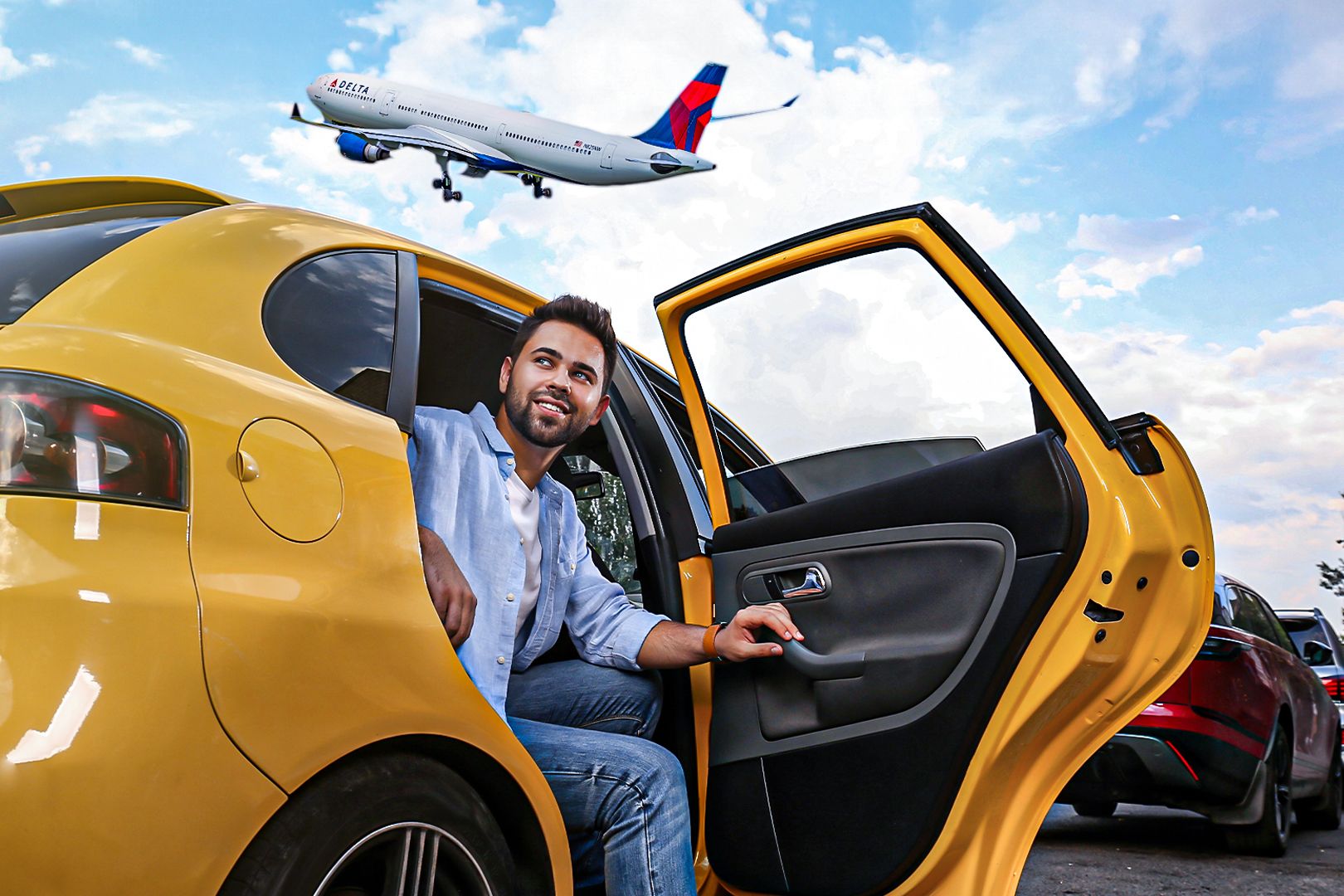Summary Lyft's partnership with Delta SkyMiles offers riders unique mile-earning opportunities on their rides. Competitors like Uber and Marriott Bonvoy offer weaker loyalty programs in comparison to Lyft's Delta partnership. The Lyft-Delta partnership has driven Lyft's market share growth and exposed it to a massive customer base, benefiting both companies.
The rideshare market is defined as a unique battle between two major companies that burst onto the scene in the early 2010s, each of which prompted a bold image to draw customers away from traditional taxicabs and other forms of ride-hailing transportation. In search of continual market share growth, both Uber and Lyft have gone out of their way to continue offering passengers unique rewards and benefits for consistently choosing them over the competition. Both Uber and Lyft have cash-back-style benefits, and each partners with different hotel chains and airlines to offer loyalty program members the opportunity to earn miles along the way.

Among these partnerships, there is none more important than the one between Lyft and Delta SkyMiles, the only one of its kind and one that continues to wield major influence today. This partnership, which originated back in 2017, remains the only active loyalty agreement of its kind directly between a major American legacy carrier and a rideshare service that allows passengers to directly earn miles from the rides they take. The value of such a collaborative agreement continues to serve as one of the most important assets for Lyft and Delta's loyalty offerings.
A case study in embedded loyalty Delta Air Lines, like most US airlines, has continued to seek out a marketing strategy of embedded loyalty, one which aims to push the reward program into as many aspects of the average passenger's experience as possible . This strategy is one of the many key offerings that has made the program itself a major source of income for Delta, which sells miles in bulk to its partners and is also able to completely control how these points are redeemed. To understand exactly how the Lyft partnership furthers the carrier's embedded loyalty objectives, it is important to understand how it works.
The scheme is relatively straightforward, with Delta SkyMiles members accruing miles as follows: One mile is awarded for each $1 spent on standard rides Two miles are awarded for each $2 spent on rides to the airport While the ability to accrue miles on standard routes does offer passengers a conceivable benefit, it likely does not account for a major portion of why customers will choose Lyft over Uber. However, if the price is equal, the loyalty opportunity does provide an additional benefit. The partnership allows Mileage Plan members to earn miles for journeys made with ride-sharing company Lyft.
Furthermore, for price-insensitive business travelers, who will almost always be hailing a ride on the company's dime, these SkyMiles will likely make a big difference. For rides to the airport, which are almost always more expensive than standard rides of a similar distance, the additional miles can make an even bigger difference. Competing offerings fail to provide the same kind of product There are undoubtedly other partnerships between travel loyalty programs and rideshare services, but none are nearly as extensive and all-encompassing as Delta's with Lyft.
Uber fails to have a major direct US airline partner, instead offering a few different partnerships with foreign airlines (including British Airways and Air Canada) . Lyft's main competitor also offers customers the opportunity to earn points via Marriot Bonvoy which can still be transferred to airline partners. However, these do offer a significantly weaker value for money than earning via Lyft's scheme.
Despite its massive and far-reaching Delta partnership, Lyft has another direct airline partner, which is a large US airline, but not one of the major legacy carriers that maintain an extensive market presence across the nation. Those who link their Alaska Airlines Mileage Plan account to their Lyft profile will also be eligible for 1 mile per $1 spent on rides. Get all the latest aviation news on Simple Flying! It is notable, however, that the bonus miles offered by Delta for airport rides are not provided by Alaska's Mileage Plan agreement.
According to The Points Guy , Lyft's loyalty partnership offerings don't end there, as the carrier also offers earning schemes through all the following programs as well: Bilt Rewards Hilton Honors Chase Ultimate Rewards What Lyft has managed to carefully do, however, is restrict which of these loyalty accounts a customer can have linked to their profile at any given time. Passengers can only choose one of these five programs to earn points or miles with, thus forcing all five to compete for customers. As a result, Delta, alongside all the others, has a strong incentive to encourage as many of its passengers to earn SkyMiles via Lyft whenever possible.
Thus, Lyft benefits extensively from the marketing offered by the five different reward programs, all of which try to convince passengers to link their accounts. The partnership's role in Lyft's growth When Lyft and Delta first launched their partnership back in 2017, it offered a unique opportunity and exposed the company to a massive market of SkyMiles members. The rideshare service would go on to benefit tremendously from the program.
In the year following the launch of its reward scheme, Lyft's market share, as noted by The Business of Apps , increased from 22% up to 23%, marking one of the company's strongest years of growth on record. For Lyft, the SkyMiles opportunity is undeniably unique, as it exposes the rideshare service to the loyalty program's 100 million members. Across the board, nearly one-third of the entire United States population has a consistent incentive to ride with Lyft over their competition due to this partnership.
For Delta, however, the potential of this partnership is virtually endless, as nearly 2 million Lyft rides are taken per day. With the appropriate marketing, the revenue that could be generated from such flights may be virtually limitless..



















